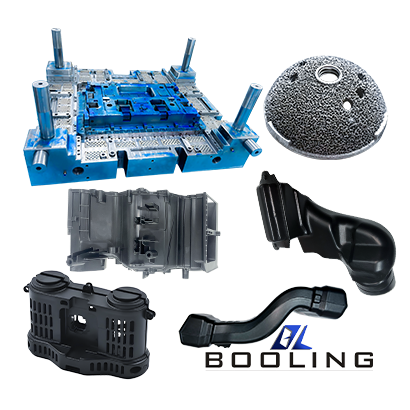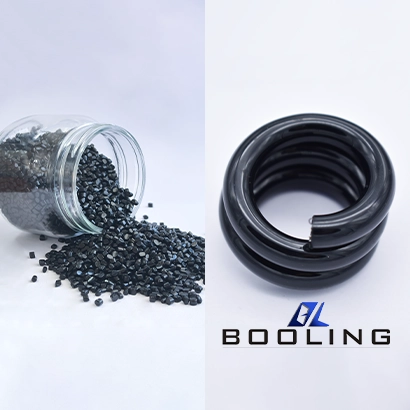Home > Injection Molding > ABS Injection Molding
Booling’s ABS injection molding parts have good rigidity, strength and processability, helping Manufacturers in consumer goods, home appliances, automotive parts, construction, and other industries to achieve high-strength and lightweight production solutions. We have delivered multiple sets of high-quality ABS injection molding molds to Thailand, Russia, Brazil, Turkey, India, and other countries.
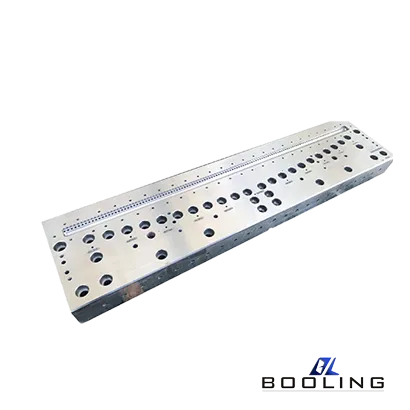
The ABS injection molding process mainly includes material drying, temperature control, pressure and speed adjustment, cooling and curing, demoulding, and post-processing. Booling has a unique quality control system.
- Heat Resistant ABS Injection Molding
- Injection Molding of Matte ABS
- Low Odor ABS Injection Molding
- Electroplated ABS Injection Molding
ABS Injection Molding Capabilities
ABS injection molding is a precision technology with a small molding shrinkage of approximately 0.5%~0.7% and molding stability.
·
US
Metric
ABS
59 in. x 51.2 in. x 17.7 in.
1500mm x 1300mm x 450mm
*ABS plastic has excellent physical and chemical properties. It is very easy to process and has a low melting point, making it suitable for plastic injection molding and 3D printing processes.
ABS Injection Molding Material
ABS is a copolymer composed of acrylonitrile, butadiene, and styrene. It combines the advantages of these three to form an injection molding material with excellent chemical and physical properties.
Material
- ABS
The Advantage of ABS Injection Molding
ABS injection molding is versatile and an ideal process for plastic parts processing in different fields.
- Complex designs and precise tolerances can be achieved. ABS injection molding products have a variety of color options and smooth surface quality
- Good impact resistance and toughness
- Excellent fluidity and high processability
- ABS products have excellent weather resistance
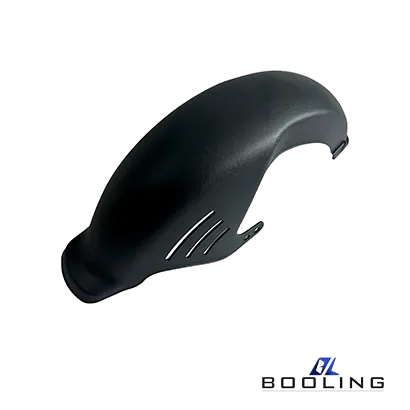
Application of ABS Injection Molding
ABS injection molding is often used in the processing of home appliances, such as TV housings and washing machine panel lights; in electronic products, it is often used in the manufacture of computer housings and keyboards; it is most widely used in automotive parts, such as bumpers, instrument panels, etc.
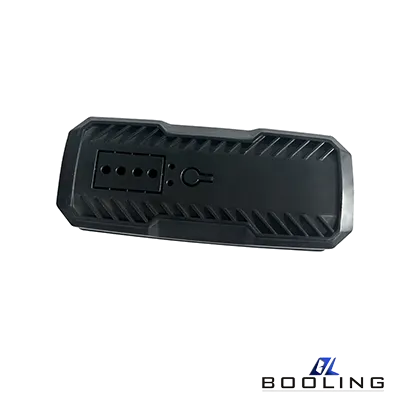
Guidelines for ABS Injection Molding
Booling provides customized ABS injection molding services to achieve one-to-one processing and optimization of products and molds.
ABS injection molding has been used and chosen by many users for its high efficiency and flexibility. Combining ABS materials with injection molding technology can produce a variety of high-quality plastic parts to meet the needs of different application scenarios and achieve fast delivery.
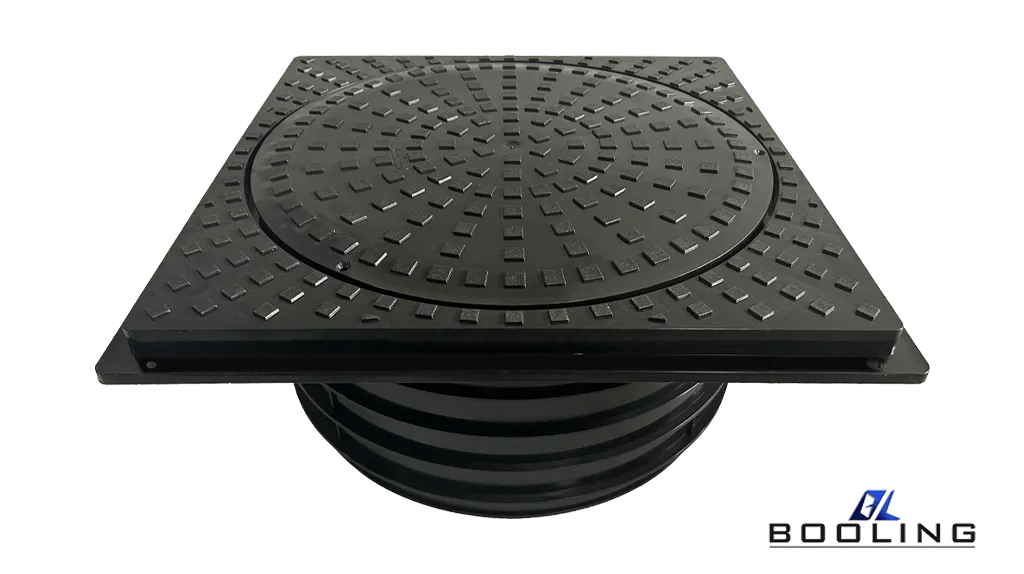
ABS Injection Molding Process
ABS injection molding technology can achieve complex designs and precise tolerances. Booling produces defect-free high-precision products by precisely controlling parameters such as processing temperature, injection pressure, speed, and cooling time.
- Temperature control: Improper temperature setting for ABS injection molding may cause warping, weld marks, or short shots in the product, affecting processing accuracy. Engineers will set the processing temperature as high as possible when processing allows, speed up material flow, and improve production efficiency
- Injection molding parameters: Including injection pressure, speed, holding pressure and time, and cooling time control. Booling engineers rely on empirical data and continuous simulation to continuously fine-tune each parameter and set the optimal parameters
- Design: The design of the mold itself affects the processing accuracy and efficiency, such as the gate position, runner system, and cooling water channel location selection, which affects the quality of the part and the cycle time
- Quality control: During the entire ABS injection molding process, engineers need to conduct strict quality control and process monitoring, such as online inspection systems, the application of inspection tools, etc., to identify and eliminate potential problems promptly.
ABS Injection Molding Mold Material Selection
Booling provides suggestions for mold processing steel based on the product structure and required precision. As precision processing equipment, it must have excellent mechanical properties and heat resistance to ensure the precision and service life of the mold.
- Stainless steel is a popular choice for ABS injection molding molds. It has excellent corrosion resistance and wear resistance and can withstand tens of thousands of injections without excessive wear and deformation.
- Tool steel has become an ideal material for injection molding with its excellent hardness and wear resistance. Booling provides tool steels such as H13 and S7, which can withstand high-pressure processing during injection molding.
When selecting steel for ABS injection molding molds, it is necessary to consider the structure and complexity of the product and the required surface finish. The steel can be nitrided, chrome-plated, or special coatings can be used to enhance the surface properties of the product and extend its service life.

